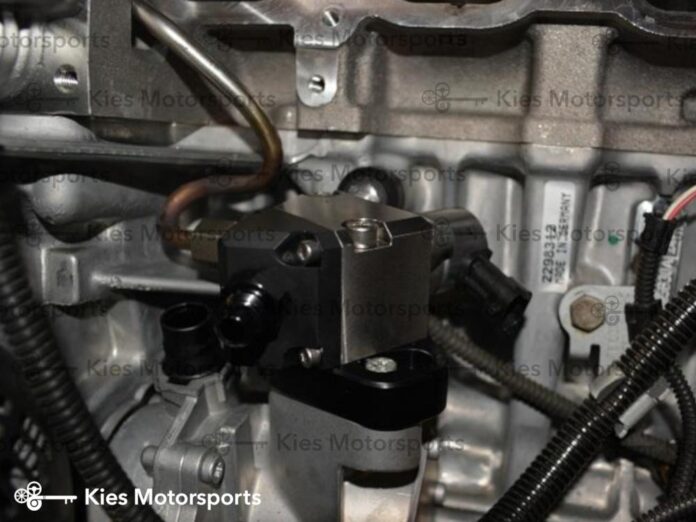A fuel pump distributes gasoline or diesel to a vehicle’s combustion chamber and is often trouble-free for many years. However, every now and again, you can come upon one that has to be replaced right away. What would you do if you didn’t know for sure?
Here are the indicators of a faulty fuel pump, how a fuel pump works, and how much it costs to repair one in this tutorial. Paying attention to every Detail is important to avoid a tragedy in the future.
What are the Symptoms of a Fuel Pump Failure?
There are a few telltale symptoms that your fuel pump needs to be serviced, repaired, or replaced. They may consist of the following:
Slowing down without hitting the breaks; The sensation of the engine “choking” or fighting to keep up with the rest of the car. This may lead you to believe you’ve run out of gas, even though the gauge indicates there’s still gas in the tank.
Burning up. Overheating a motor is yet another sign of failure. A faulty fuel pump can combust, causing the engine to heat up as a result of its inefficiency. A car that is going to have this sort of failure could run for 15 to 30 minutes before coming to a halt. Letting it chill may result in it running again, just to malfunction again when the engine warms up. It’s yet another clue that the gasoline pump is nearing the end of its useful life.
Sputtering in various forms. A faulty fuel pump is indicated by noises, backfires, and sputtering engines. Digital fuel pumps usually don’t produce noises until they start to fail. Internal engine difficulties caused by inconsistency in fuel flow might result in a delay while starting or accelerating the vehicle.
The engine light shows up: The “Check Engine” signal on the panel may arise in conjunction with any of these problems.
What Does It Take to Replace a Fuel Pump?
A technician will need to reach the failing pump via an open structure in the passenger cabin at the top of the gas tank. If no entry panel is accessible, petrol is emptied from the container, and the tank is then dropped and detached from the vehicle to provide access to the pump. All of the fuel pipework lines are disconnected from the fuel pump.
After the technician has uninstalled the defective fuel pump, the new pump is fitted with all mounting brackets and placed in the place of the old one. It’s a good idea to change the inline or internal gasoline filter that sifts out particles at this stage. Finally, test the tank by filling it with water.
Lastly, fill the container with water and inspect it for leaks. This is a somewhat difficult job that should be done in your dealership’s service center or service company. As for the price, it will vary based on the model and age of the car.














